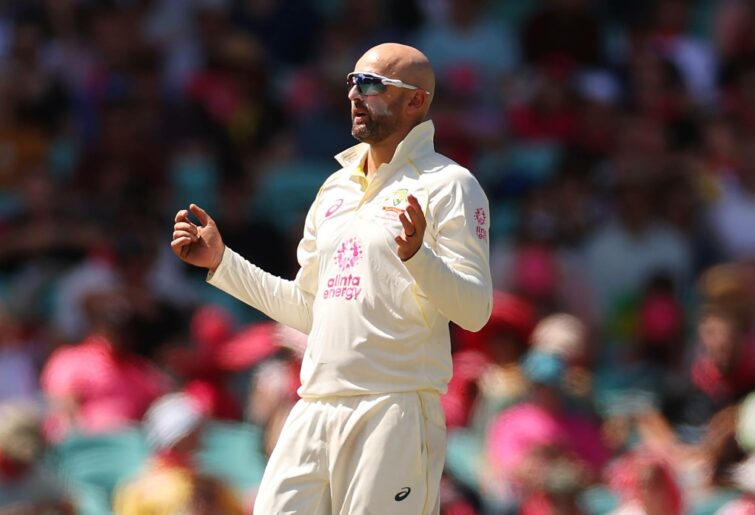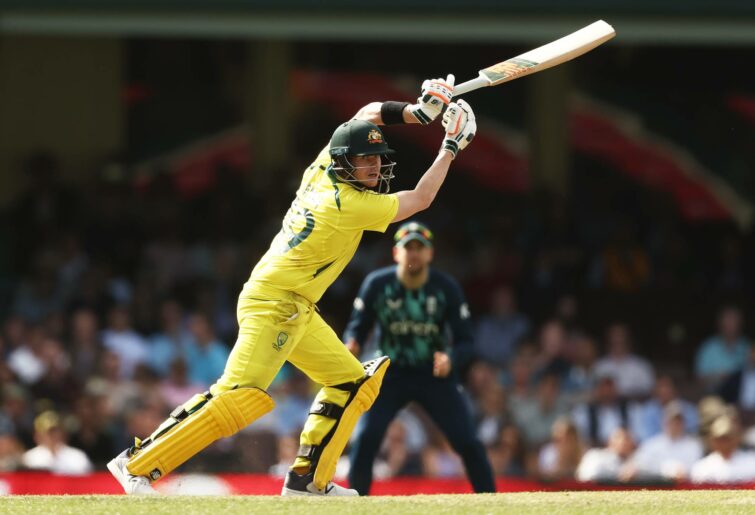Calamitous miss as Lucknow botch near certain run out with the game on the line
With Rajasthan needing 25 off 17, both batsmen ended up at the same end but the bowler dropped the throw from his teammate -…
Opinion
I’ve previously written that T20 is good for Test cricket when batters apply a T20 mindset to Test match problem-solving.
Witness Ben Stokes at Headingley in 2019 with last man, Jack Leach, at the other end and 72 runs still to get.
Witness the way the Poms have been playing Test cricket since the last English summer. High run rates, nighthawks rather than nightwatchmen and no target in the fourth innings too high to chase down with audacious batting. It’s been exhilarating. And I want to see more of it.
But I do now hold grave fears for the future of Test cricket.
The proliferation of T20 franchises and the lure of large sums of money for even moderately talented cricketers has me worried.
I can’t blame a young cricketer for prioritising their long-term financial wellbeing ahead of the future of Test cricket. But it grates when I see the skills required for Test cricket undermined because a talented batter has played too much of a format where the emphasis is on hitting rather than batting. And it hurts when I see potentially great Test cricketers opting to play T20 franchise cricket ahead of representing their country in the traditional form of the game.
I don’t know whether that is why the last two Australian summers have been so lacklustre – as the gap between the top Test teams and the rest seems to widen – but there appears to be at least a correlation between the two phenomena.
So, what can we do to save Test cricket?

(Photo by Cameron Spencer/Getty Images)
White-ball no-fly zones
I think the first step is to create windows in the international cricket calendar devoted to red-ball cricket. If there is no overlap between a Test series and a T20 franchise tournament, then a multi-format player can, if they choose, play both. They can both represent their country and earn their riches in the T20 franchises.
My understanding – correct me, Roarers, if I am wrong – is that the primary T20 franchise tournaments will take place as follows over the next 12 months:
I concede that this will require considerable cooperation between the ICC, local cricket authorities and the franchise owners, not to mention mutual goodwill, but I advocate restricting T20 franchise tournaments to the following periods:
Note that while the southern hemisphere leagues overlap, a T20 franchise gun-for-hire could proceed from one of those leagues to the PSL, the IPL, the Blast and the CPL.

(Photo by James Worsfold/Getty Images)
That leaves the following white-ball no-fly zones each year, when domestic red-ball and Test cricket can be contested:
This arrangement may result in, for example, Australia touring New Zealand or South Africa during its traditional cricket season. But that is a price I am willing to pay. I’d rather watch a high-quality Test match overseas than the kind of one-sided affairs we’ve witnessed at home over the last two summers.
International white-ball cricket
The program is too crowded to carve out windows where international white-ball cricket might be played.
I have two solutions.
The first is controversial and a cause for sadness. In my view, 50-over cricket has had its time. It was great while it lasted and has given me and countless others a wealth of great memories. But when it comes to the white-ball game, the public has made its preference clear. T20 cricket is the future.
The second solution is to squeeze in international T20 cricket between Test matches and the T20 franchise tournaments where possible. If the international white-ball series overlap with the franchise tournaments, then that is the price the franchises pay for commandeering the world’s best players.

(Photo by Matt King – CA/Cricket Australia via Getty Images)
Other measures
I’m open to restricting Test matches to four days so that more Tests can be played back-to-back during the white-ball no-fly zones.
There are benefits. It encourages the kind of audacious cricket England are currently playing. If teams want to win, they need to get a move on.
Furthermore, one of the great features of Test cricket is a beaten team hanging on doggedly for a draw. Some of those struggles are truly epic. The fact that a team that is outplayed has an option other than losing is one of the things that makes Test cricket unique. In four-day Test matches that escape route will be within reach more often for a team facing a loss. We should see more teams fight for the draw rather than give up.
I’m not yet sold, however, on the notion of a two-tiered system, with the top four Test nations in a Test super league and the remaining Test-playing nations in a secondary league. I see the appeal of the weaker teams in the super league resisting relegation and, conversely, the better teams in the secondary league fighting for promotion.
My fear, however, is that a two-tiered system would simply hasten the exodus of the best players from those nations competing in the lower tier to the T20 franchises.
Finally, we have to get the pitches in Test cricket right. No raging minefields which make batting nigh impossible and no roads which make wickets a rarity. I know that it’s not an exact science, but if the curators can’t get it right more often, should we think about moving to synthetic pitches which give everybody an equal chance of success if they are good enough?
Conclusion
There are no easy solutions. Doubtless, each of my proposals presents its own problems.
But Test cricket is too precious to leave its future to chance. We have to be proactive. I’d hate to see the doomsday soothsayers finally proven right.